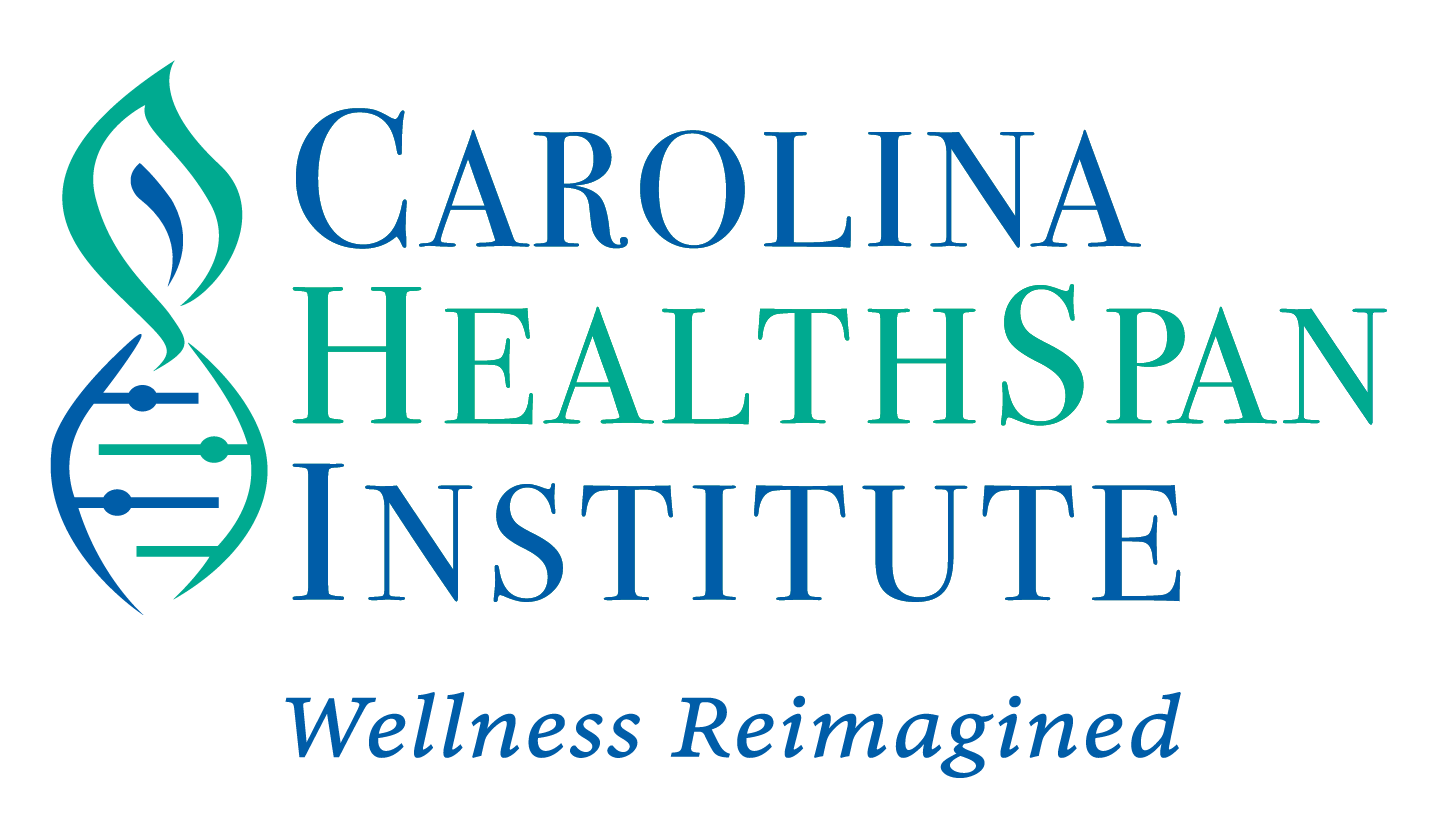According to the Association for Applied Psychophysiology and Biofeedback (AAPB), the leading national organization for biofeedback, the definition of biofeedback is:
A process that enables an individual to learn how to change physiological activity for the purposes of improving health and performance. Precise instruments measure physiological activity such as brainwaves, heart function, breathing, muscle activity, and skin temperature. These instruments rapidly and accurately “feedback” information to the user. The presentation of this information – often in conjunction with changes in thinking, emotions, and behavior – supports desired physiological changes. Over time, these changes can endure without continued use of an instrument.
Biofeedback is simply a way to elicit information from the body to maintain or improve healthy functioning. It is about getting results for you by learning to do things differently.
Biofeedback is about learning to control what is happening with your body in a given situation. You can learn to control breathing, muscle tension, heart rate, and skin temperature. For example, if you are taking a test, you may not be aware that you are holding your breath when a question is more challenging. When you stop breathing, even for a few seconds, you can dramatically change blood chemistry in your brain, which will in turn alter the clarity of your thinking.
We use instruments to measure moment-to-moment changes in the body. This is called biofeedback.
Symptoms treated with biofeedback include, anxiety, stress, insomnia, hypertension, ADD/ADHD, migraines/headaches, and addictions. By getting a baseline reading of how your body reacts under stress allows us to determine the best modalities to focus on to help you self-regulate and control your symptoms.
